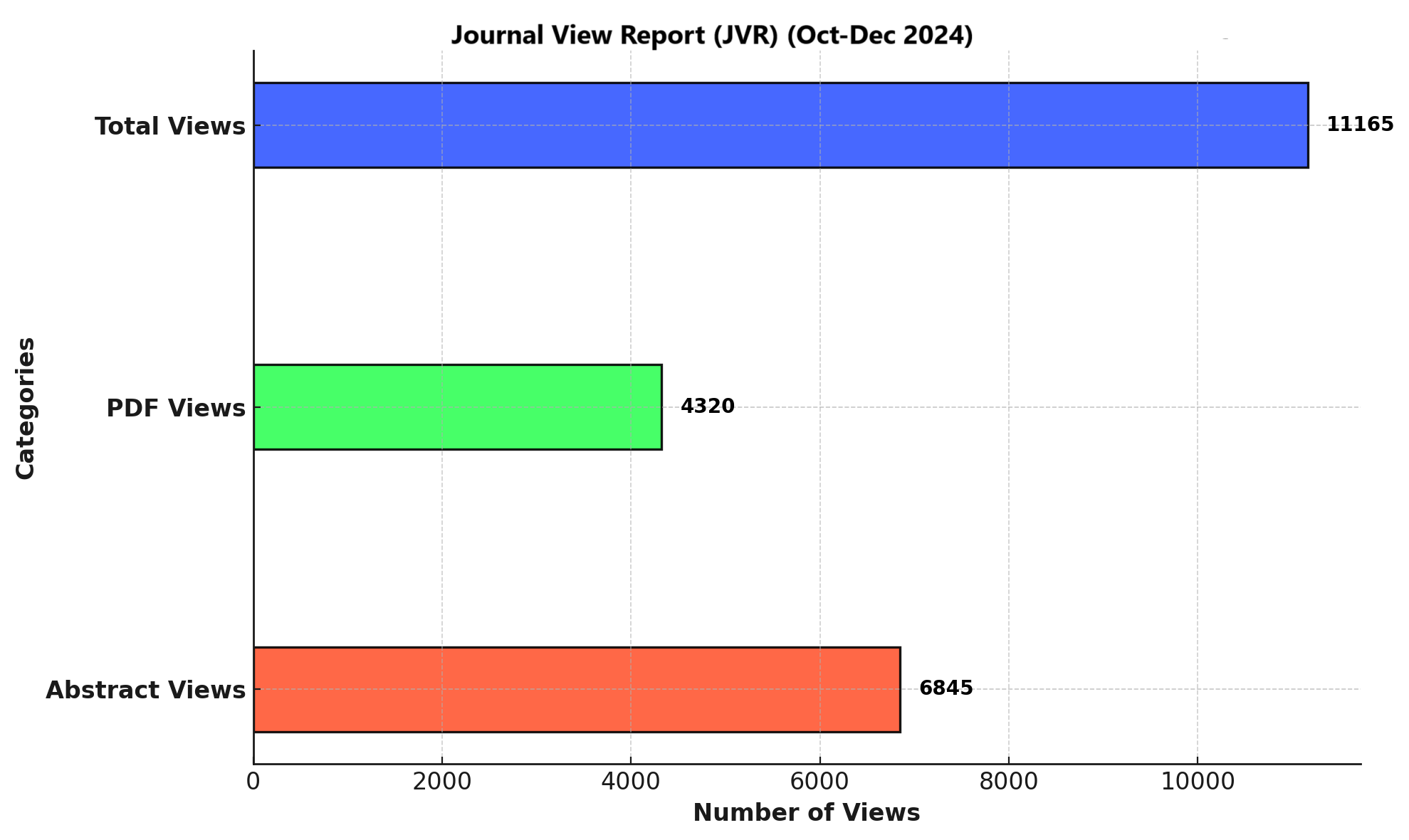ROLE OF GREATER OCCIPITAL NERVE BLOCK FOR MIGRAINE PROPHYLAXIS
DOI:
https://doi.org/10.71000/g5qqb056Keywords:
Analgesics, Chronic Migraine, Headache Disorders, Migraine, Nerve Block, Pain Management, ProphylaxisAbstract
Background: Migraine is a chronic, disabling neurological disorder marked by recurring episodes of headache and associated symptoms, significantly affecting patients' quality of life and functional capacity. Despite its global burden, prophylactic treatment remains underutilized, particularly in chronic cases unresponsive to medication. Recent evidence supports peripheral nerve blocks, especially greater occipital nerve (GON) block, as a promising intervention for migraine prevention.
Objective: To determine the effectiveness of greater occipital nerve (GON) block in terms of mean reduction in headache frequency, severity, and analgesic consumption as a prophylactic treatment for patients with migraine.
Methods: A quasi-experimental study was conducted at the Neurology Department of Pak Emirates Military Hospital, Rawalpindi, over a six-month period from July to December 2023. A total of 138 patients diagnosed with migraine were enrolled after informed consent using consecutive sampling. Baseline data on headache frequency, duration, severity (measured via Visual Analog Scale), and monthly analgesic consumption were recorded. GON block was administered bilaterally with 2 mL of 0.25% bupivacaine under sterile ultrasound-guided technique. The intervention was repeated weekly during the first month and once monthly for the subsequent two months. Follow-ups were conducted at 1-, 2-, and 3-months post-intervention. Data were analyzed using SPSS version 25.0; p≤0.05 was considered statistically significant.
Results: The median age of patients was 38 (IQR: 8.25) years. Headache frequency significantly reduced from 8 (IQR: 2) to 4 (IQR: 2) attacks per month (p=0.000). Median headache duration declined from 10 (IQR: 7) to 5 (IQR: 4) hours (p=0.000). The VAS pain score decreased from 7 (IQR: 2) to 4 (IQR: 2) (p=0.000), and analgesic use reduced from 11 (IQR: 5) to 6 (IQR: 3.25) per month (p=0.000).
Conclusion: GON block showed significant clinical benefit as a prophylactic treatment for migraine, reducing headache frequency, intensity, duration, and analgesic dependency. It offers a viable alternative in patients with chronic migraine not adequately managed by pharmacologic therapy.
Downloads
Published
Issue
Section
License
Copyright (c) 2025 Aida Younis, Khurram Haq Nawaz, Imran Ahmad, Umer Farooq, Muhammad Jamil, Munawar Khan, Inayat Ullah (Author)

This work is licensed under a Creative Commons Attribution-NonCommercial-NoDerivatives 4.0 International License.







